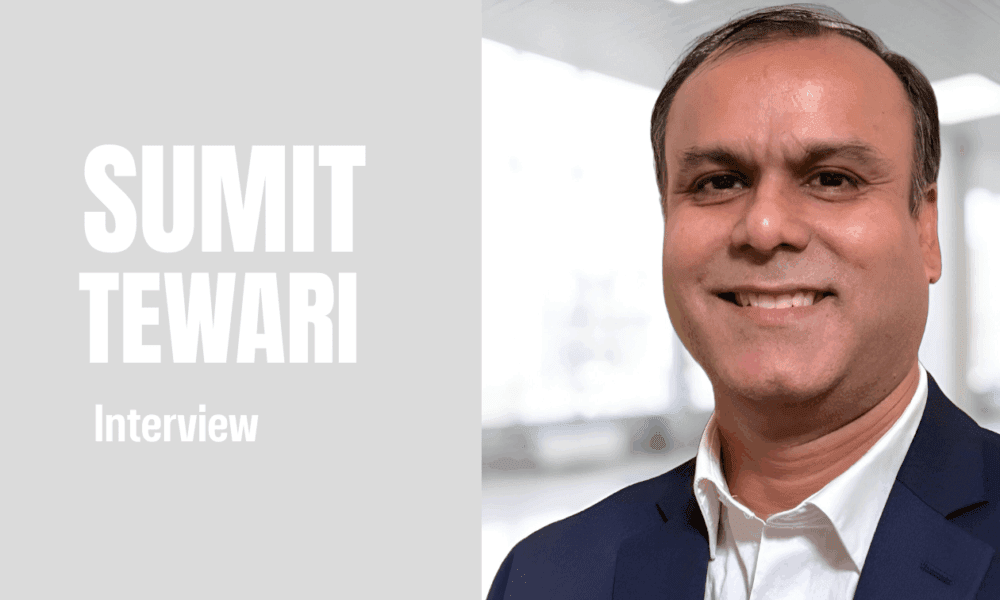In today’s rapidly evolving technological landscape, the importance of equitable access to emerging innovations cannot be overstated. The tech industry is experiencing profound shifts driven by advancements in artificial intelligence, machine learning, blockchain, and automation. These innovations promise enhanced efficiency, economic growth, and new opportunities across industries. However, they also pose significant challenges, particularly in terms of access, readiness, and the ability of different communities to participate in the digital revolution. The digital divide remains a critical concern, as underserved regions and marginalized communities often struggle to keep pace with rapid technological advancements. Ensuring that technology serves as a tool for empowerment rather than exclusion has become an urgent necessity, requiring deliberate strategies, policies, and collective efforts from multiple stakeholders.
Technology has the potential to bridge socio-economic gaps and uplift communities, but this potential can only be realized if access is equitable. Without proactive intervention, existing disparities may widen, exacerbating inequality rather than alleviating it. While developed nations and affluent communities reap the benefits of emerging technologies, others are left behind due to a lack of resources, infrastructure, and digital literacy. To address this issue, industry leaders, policymakers, educators, and organizations must work together to develop comprehensive strategies that ensure fair and inclusive technology adoption.
Swetha Sistla has been a vocal advocate for equitable technology adoption and workforce development. With her vast experience in technological innovation, she emphasizes that while breakthroughs are reshaping sectors like healthcare, education, and finance, it is essential to ensure that these advancements are accessible to all. “The future of technology holds immense promise, but without intentional inclusivity, we risk leaving entire communities behind,” she remarked. Sistla believes that equitable tech adoption is not just an ethical imperative but a strategic necessity for long-term innovation and progress.
As an influential figure in the technology sector, Sistla consistently highlights the need for collaboration across industries and institutions to prepare for the challenges posed by automation and AI. She stresses that as these technologies redefine the nature of work, a proactive approach to workforce readiness is vital. It is no longer enough to acquire a single technical skill set; individuals must embrace continuous learning and adaptability to remain competitive in an ever-changing digital environment. “It’s not just about acquiring technical knowledge,” she explains. “We need to cultivate resilience and adaptability so that workers can navigate continuous technological change.”
The workforce of the future must be prepared for a rapidly shifting job market where automation and artificial intelligence may replace traditional roles but also create new opportunities. The challenge lies in equipping workers with the necessary skills to transition smoothly into emerging roles. This requires rethinking traditional education models and expanding access to training programs that emphasize both technical proficiency and soft skills such as problem-solving, creativity, and adaptability.
In response to these challenges, partnerships between the private sector, government, and educational institutions are crucial. Sistla believes that by aligning efforts, stakeholders can design comprehensive programs that equip individuals with the necessary skills to thrive in a digital-first world. Her approach includes creating accessible training opportunities, expanding digital literacy, and ensuring that infrastructure, such as high-speed internet and digital devices, is available to marginalized communities. This multifaceted strategy aims to build a workforce that is not only technically competent but also able to adapt as technology evolves.
One of the key areas of concern is the accessibility of quality education and training in technology. Many individuals, particularly those in underserved areas, lack access to high-quality STEM (science, technology, engineering, and mathematics) education, which is foundational to thriving in the digital economy. Sistla supports initiatives that bring STEM education to schools and communities that lack adequate resources, advocating for policies that promote the integration of technology into curricula from an early age. She also encourages mentorship programs that connect experienced professionals with aspiring students to provide guidance and exposure to career opportunities in technology.
Beyond formal education, she underscores the importance of upskilling and reskilling programs for existing workers. With the accelerating pace of technological change, traditional career paths are becoming obsolete, necessitating continuous learning and professional development. Sistla champions initiatives that provide accessible online courses, vocational training, and certification programs that allow individuals to stay competitive in the job market. Employers, she argues, also have a responsibility to invest in their workforce by offering training opportunities and fostering a culture of continuous learning.
However, inclusivity extends beyond workforce readiness to the broader question of equitable access to technology itself. Despite the global proliferation of digital tools, many communities remain excluded from the benefits they offer due to systemic inequities. The lack of infrastructure, financial constraints, and limited digital literacy all contribute to a widening digital divide. Bridging this divide, she argues, requires more than isolated efforts. It calls for sustained, collaborative initiatives that address both the structural and cultural barriers limiting access.
“Technology should be a catalyst for opportunity, not a privilege reserved for a select few,” Sistla asserts. Her vision includes creating public-private partnerships that focus on providing resources, funding, and support for underrepresented groups. These initiatives, she believes, will not only foster diversity in innovation but also unlock a wealth of untapped potential. Ensuring that women, minorities, and economically disadvantaged individuals have access to technology and the skills necessary to utilize it is crucial in building a truly inclusive digital future.
Another crucial aspect of inclusivity in technology is representation. The tech industry has long struggled with diversity, particularly in leadership and decision-making roles. Sistla advocates for more inclusive hiring practices, leadership development programs, and initiatives that support diverse talent pipelines. She believes that fostering an inclusive workforce leads to better innovation, as diverse perspectives drive creativity and problem-solving.
By guiding the next generation of tech leaders, she hopes to instill values that prioritize societal well-being alongside innovation. Her efforts reflect a deep commitment to creating a future where technological progress benefits all members of society. She encourages young professionals and industry veterans alike to consider the broader impact of their work and to actively contribute to making technology more accessible and inclusive.
As industries continue to grapple with the rapid pace of technological change, Sistla’s call for inclusivity offers a timely and necessary perspective. The road ahead will require concerted efforts to bridge gaps in access, build a resilient workforce, and foster collaboration across sectors. Governments must play a role in creating policies that promote digital inclusion, while companies must take corporate social responsibility seriously by investing in community development and equitable access to technology. Educational institutions must evolve to meet the demands of a digital-first world, ensuring that students graduate with the skills needed to succeed in an increasingly automated and AI-driven landscape.
Swetha Sistla’s insights serve as a reminder that while the possibilities of technology are vast, realizing its full potential depends on inclusivity, preparation, and a shared commitment to equity. Through her leadership and advocacy, she envisions a world where technological advancement empowers everyone, ensuring that no one is left behind in the digital age. By fostering a culture of inclusivity, collaboration, and continuous learning, she is helping to shape a future where technology is a force for collective progress, bridging divides rather than deepening them. In doing so, she exemplifies the transformative power of technology when guided by a vision of equity and shared prosperity.





























